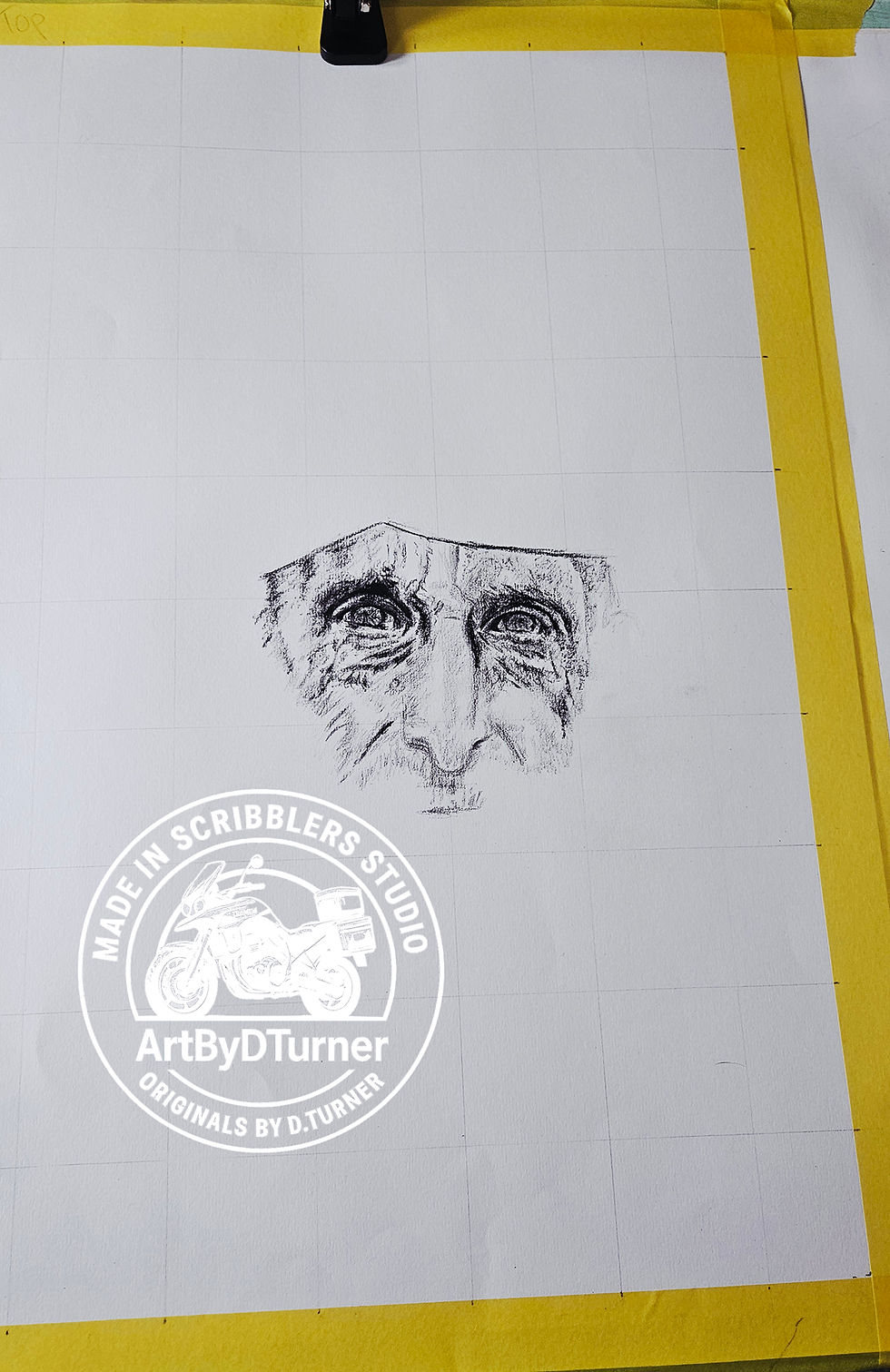Holding Time Still
- artbydturner
- Sep 24
- 2 min read
The Bank Top Kilns sit quietly, almost forgotten, their bricks weathered by years of rain and wind. To most people passing by, they are relics of another age — crumbling shapes on the landscape, reminders of a time when industry was the heartbeat of the community. To me, they are more than ruins. They are a moment I needed to hold on to.

When I arrived there, motorbike parked up, I felt an instant pull. The kilns stood silent, yet they carried the weight of a working past — the fire, the labour, the lives that once depended on their heat. How many people, I thought, still notice them? How many even know they exist?
I had my sketchbook with me, and I’m glad I did. Standing in front of the arches, I began to draw. Each line gave me a sense of connection, not just to the structure itself, but to the history it represents. The world narrowed to pencil on paper, the curve of the arches, the crumble of stone.
For me, living with PTSD and the effects of a brain injury, drawing offers something different. Both conditions can make it hard to hold on to focus — memories blur, attention drifts, and the past can come crashing in when least expected. But with a sketchbook in my hands, those struggles ease. The simple act of following the line of stone across the page, marking shadow and light, gives me something clear to hold onto. At the kilns, that clarity mattered: the building might be crumbling, but on paper it became solid, steady, and mine to remember.

Later, those sketches became more — charcoal studies, oil paintings — each layer a way of revisiting that day. Time moves forward, bricks will fall, memories fade, but the artwork remains. For me, that is enough.
There is no obligation for anyone else to want these pieces. Unless you’ve stood there, felt the silence of the hillside, and seen those kilns with your own eyes, you may not feel what I felt. And that’s fine. But sometimes, just sometimes, someone else recognises a place like this — and it stirs something deep within them too.
That is why I create without obligation. Not every piece is made to be owned, or to be understood by everyone. Sometimes it exists simply to steady me, to remind me that I was there, fully present, holding time still.
And so the kilns remain — not just in the hillside, but in my art. A fragment of history, and a fragment of me, captured together.






Comments